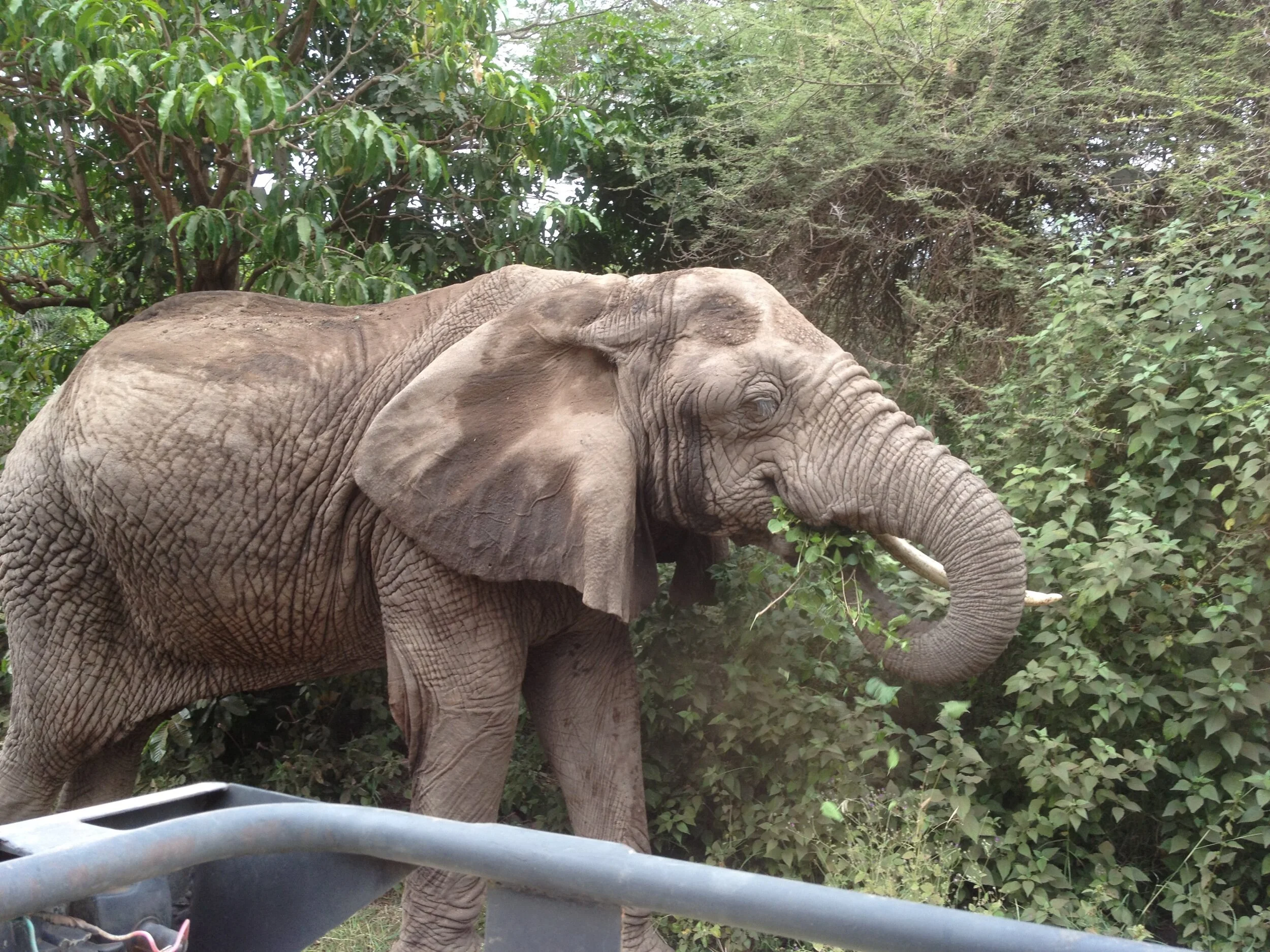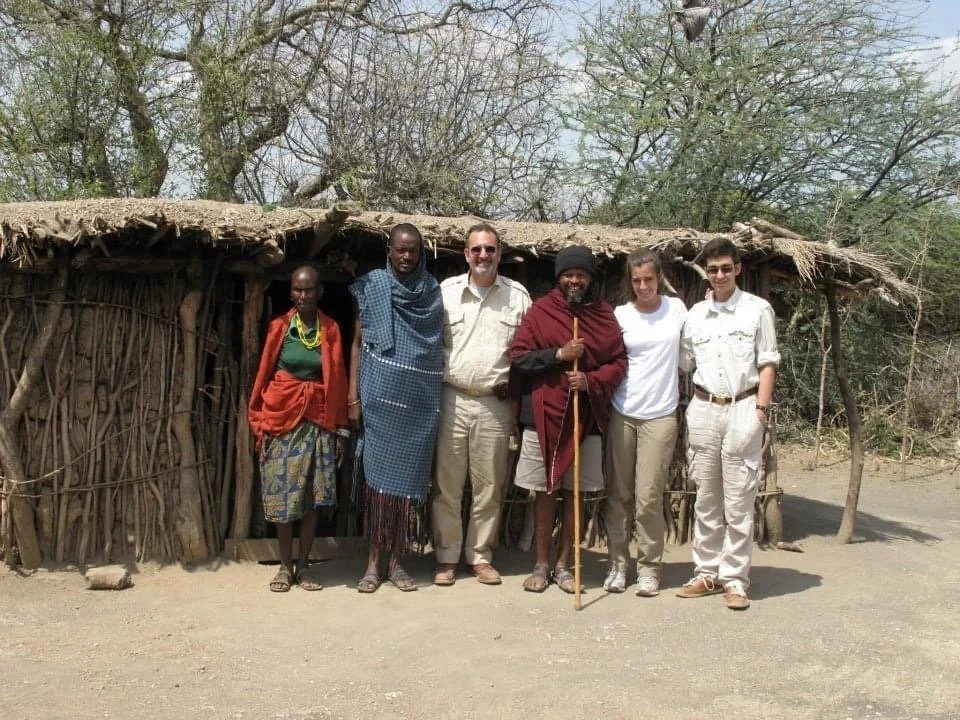The Wild Wonders Of Tanzania: Your Guide To The Safari Of A Lifetime
Source: The Empire City Wire
VISITING TANZANIA
Tanzania is a captivating destination, offering a rich blend of natural beauty, wildlife, and cultural diversity. As the 13th largest country in Africa and the 31st largest in the world, it sits between the larger Egypt and the smaller Nigeria in size. Known for its stunning landscapes, Tanzania is home to Mount Kilimanjaro, Africa’s tallest peak, and the Serengeti National Park, famed for its incredible wildlife and annual migration of millions of animals.
The country’s diverse population reflects a mosaic of ethnic groups, with Swahili and English as the primary languages, alongside numerous local dialects. Its economy thrives on agriculture, mining, and tourism, with the latter drawing visitors to its world-renowned national parks and conservation areas. While Dodoma serves as the political capital, Dar es Salaam remains the largest city and commercial hub.
Geographically, Tanzania’s northeastern region is mountainous and forested, dominated by Mount Kilimanjaro. The country also boasts three of Africa’s Great Lakes—Lake Victoria in the north, Lake Tanganyika in the west, and Lake Nyasa in the southwest—each contributing to Tanzania’s unique ecosystem. The central plateau is characterized by expansive plains and fertile land, while the eastern coastline is hot and humid, with the picturesque Zanzibar Archipelago lying just offshore. Tanzania offers a truly unforgettable safari experience, blending diverse landscapes with unparalleled opportunities to witness wildlife in its natural habitat.
Source: The Empire City Wire
VISITING THE SERENGETI
The Serengeti, a vast and iconic ecosystem in East Africa, stretches across northern Tanzania and into southwestern Kenya. Known for its sweeping savannahs and rich biodiversity, it is one of the most famous and ecologically significant regions in the world. The Serengeti is home to the spectacular annual migration of millions of wildebeest, zebras, and other ungulates, considered one of the greatest wildlife events on the planet.
My family and I embarked on an unforgettable eight-day safari through the Serengeti during the dry season. Our journey began in Arusha, a bustling Tanzanian city and regional capital with a population of over 400,000, plus many expatriate establishments. From Arusha, we ventured through various points of the Serengeti, witnessing its natural wonders firsthand.
Serengeti National Park, a UNESCO World Heritage Site, teems with wildlife. Over 2 million ungulates, 4,000 lions, 1,000 leopards, 550 cheetahs, and around 500 bird species call this 15,000-square-kilometer expanse home. During our safari, we explored the vast plains dotted with trees and kopjes—rocky outcrops where lions command their territory. Staying in multiple tented camps, we traveled through conservation areas and parks, experiencing the Serengeti’s unparalleled beauty and wildlife up close.
Source: The Empire City Wire
NGORONGORO CRATER
We passed through the Ngorongoro Conservation Area and actually stayed at a lodge at the tip of the crater with a fantastic view of the interior of the crater. Now classed as a UNESCO World Heritage Site, the Ngorongoro Crater was formed when a giant volcano exploded and collapsed around 3 million years ago. The cone of the volcanic caldera collapsed inwards and created what we know today as one of the most unique safari parks in Africa, and indeed the world. It is a one of a kind safari destination teeming with life.
Endangered black rhino are protected within its rim, giant tusked elephant wander the forests, male lion stalk the grasslands and flamingo crowd the soda lakes. Other wildlife here includes several cat species (cheetah, jackals), Grant's and Thompson's gazelle, flamingo and bat-eared foxes, as well as approximately 400 species of bird.
Tanzania really provided me with a raw perspective on the world. It is incredible to see large massive stretches of land completely untouched by mankind.
Source: The Empire City Wire
A Hot Air Balloon Ride
One of the most incredible experiences I had during my time in the Serengeti was a breathtaking hot air balloon ride that offered a unique perspective of this magnificent landscape. As the sun began to rise, casting a golden glow across the savannah, we floated gracefully above the sprawling plains, surrounded by the vibrant colors of dawn. After an exhilarating flight, the balloon touched down gently in the heart of the Serengeti, where we were greeted with a celebratory glass of Champagne—a delightful tradition explained by our pilot, who shared the history behind this lovely custom.
Following the champagne toast, we indulged in a sumptuous Full English Breakfast set against the stunning backdrop of the Serengeti. The tables were elegantly arranged, and the ambiance was perfect, with the sounds of nature enveloping us as we enjoyed our meal. The combination of delicious food and sparkling Champagne made for an unforgettable brunch experience.
As we savored our breakfast, we took in the breathtaking views all around us. The horizon stretched endlessly in every direction, a vast expanse of unspoiled beauty that felt truly humbling. While floating above the landscape, we were fortunate to spot a herd of zebras grazing peacefully. However, the moment they caught sight of the hot air balloon, they took off in a spectacular stampede, kicking up dust and creating a scene of sheer exhilaration.
This hot air balloon ride was not just a thrilling adventure; it was an enlightening, once-in-a-lifetime experience that allowed me to connect with the natural world in a profound way. The beauty of the Serengeti, combined with the joy of sharing this experience with my family, made it a cherished memory that I will carry with me forever.
Source: The Empire City Wire
THE MAASAI
During our trip, we also had the opportunity to visit some local tribes, including the Maasai, a prominent ethnic group in East Africa, particularly in Kenya and Tanzania. Historically dominant in the early 20th century, the Maasai are renowned for their unique customs, semi-nomadic pastoralist lifestyle, and vibrant culture. Despite modern influences, they have preserved much of their traditional practices.
Key elements of Maasai culture include their colorful attire, particularly the red shukas they often wear, as well as their intricate beadwork and distinctive hairstyles. Cattle play a vital role in their economy and cultural identity, as the Maasai are skilled herders with a deep connection to their livestock.
While Kenya is home to over fifty recognized tribes, the Maasai stand out for having retained much of their traditional way of life. Their need for vast land to support their pastoral lifestyle parallels the wildlife they coexist with, as both require large, open spaces to thrive. However, the Maasai have faced significant challenges in modern Africa. Once dominant over the most fertile lands, they, like the native animals, have seen their territories shrink with the arrival of European settlers and the expansion of modern development. Despite these challenges, the Maasai continue to be one of the few tribes that maintain their heritage, customs, and connection to the land.
Source: The Empire City Wire
ENDANGERED SPECIES
Preserving wildlife in Tanzania and across Africa is vital for maintaining biodiversity and the health of ecosystems. These regions are home to an extraordinary variety of plant and animal species, which contribute significantly to the global richness of life. Protecting these species ensures the delicate balance of ecosystems, supporting environmental resilience and overall health.
Wildlife conservation also plays a crucial role in the economies of countries like Tanzania. Renowned sites such as Serengeti National Park and the Ngorongoro Conservation Area attract millions of tourists each year, generating substantial revenue and creating numerous jobs. By protecting these natural wonders, we not only preserve the intricate web of life but also promote sustainable economic growth through responsible tourism.
However, some species face alarming declines. For instance, lion populations have drastically decreased from around 100,000 ten years ago, to about 14,000 today. This highlights the urgent need for continued efforts to safeguard wildlife and their habitats for future generations.
Source: The Empire City Wire
THE DANGERS OF POACHING
Poaching refers to the illegal hunting, capturing, or killing of wild animals, often for their body parts, skins, or other valuable commodities. Poaching poses a significant threat to wildlife and biodiversity, as it can lead to population declines, endangerment, or even extinction of certain species. Poachers may target animals for various reasons, including the illegal wildlife trade, traditional medicine, cultural practices, or simply for financial gain.
Wildlife conservation efforts and strict regulations are in place globally to combat poaching and protect endangered species. Rangers, law enforcement agencies, and conservation organizations work to prevent and prosecute those involved in illegal hunting activities. The consequences of poaching extend beyond the immediate impact on animal populations, affecting ecosystems, local communities, and global biodiversity.
Tanzania has had a difficult past in terms of hunting and poaching. At the time I went in 2012, it was highly recommended to be escorted by Tanzanian soldiers. The country was once known as the world’s elephant killing fields. However, as of 2021 Tanzania appears to have halted the worst ivory poaching within its borders, making more than 2,300 arrests of poachers and traffickers over five years.
Investigators say that by the beginning of 2020 they had identified and penetrated at least 11 organized wildlife trafficking syndicates and arrested 21 “kingpins” — the high level leaders and organizers of the illegal trade, who profit most from it.
Source: The Empire City Wire
Wrap Up
In my experience in Africa and Tanzania the colonial aspects of the country are still very prominent even after the country’s decades of independence from European powers. In the late 19th century, Germany conquered the regions that are now Tanzania (minus Zanzibar) and incorporated them into German East Africa. The colonial aspect of it however has shifted from exploiting the resources to exploiting the tourism opportunities.
During my time in Tanzania, the stark wealth gap between the local Tanzanians and those who owned and operated businesses catering to tourists was evident. However, it's clear that the country has seen significant growth due to foreign investment. In 2017, Tanzania's largest trading partners for its US$5.3 billion in exports included India, Vietnam, South Africa, Switzerland, and China, underscoring the country’s expanding role in the global economy.
Despite these disparities, Tanzania remains a breathtakingly beautiful country, one of the few places where the raw, untouched beauty of the planet can truly be appreciated. Ongoing conservation efforts are essential to preserve this natural splendor, ensuring future generations can experience the wonders of nature. Thank you for reading, and feel free to share your thoughts in the comments below!









